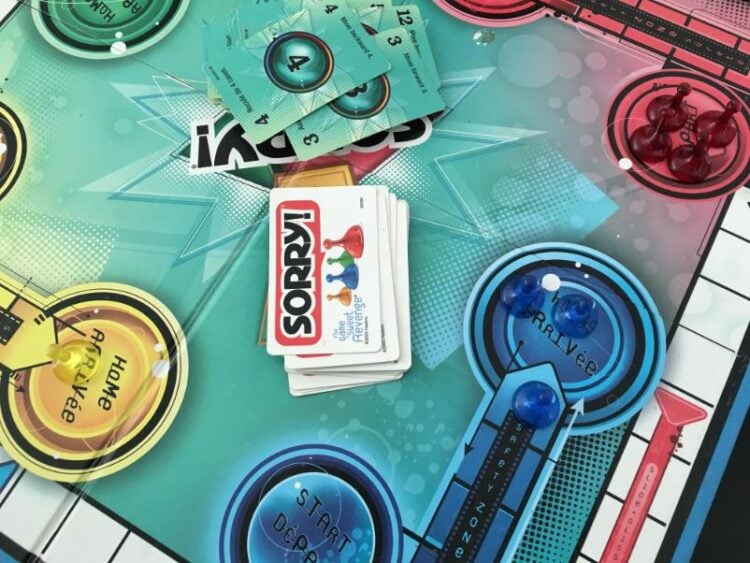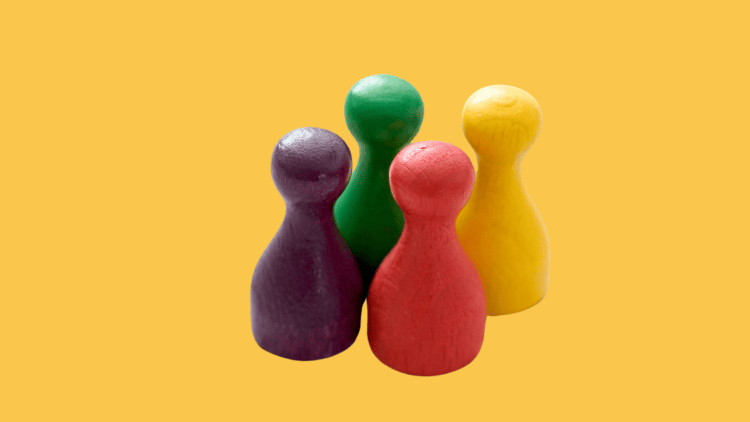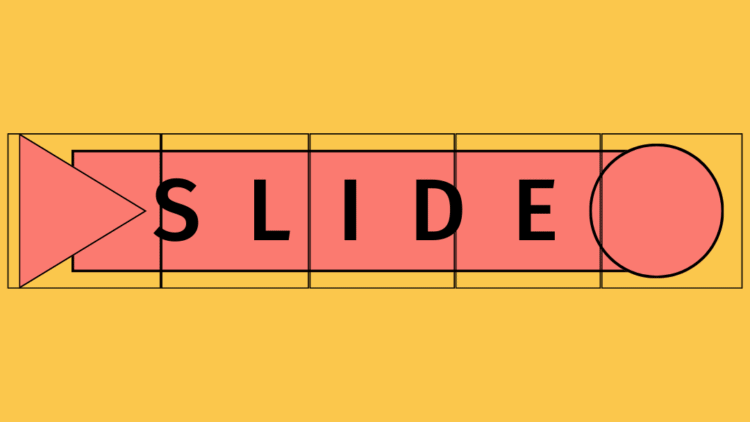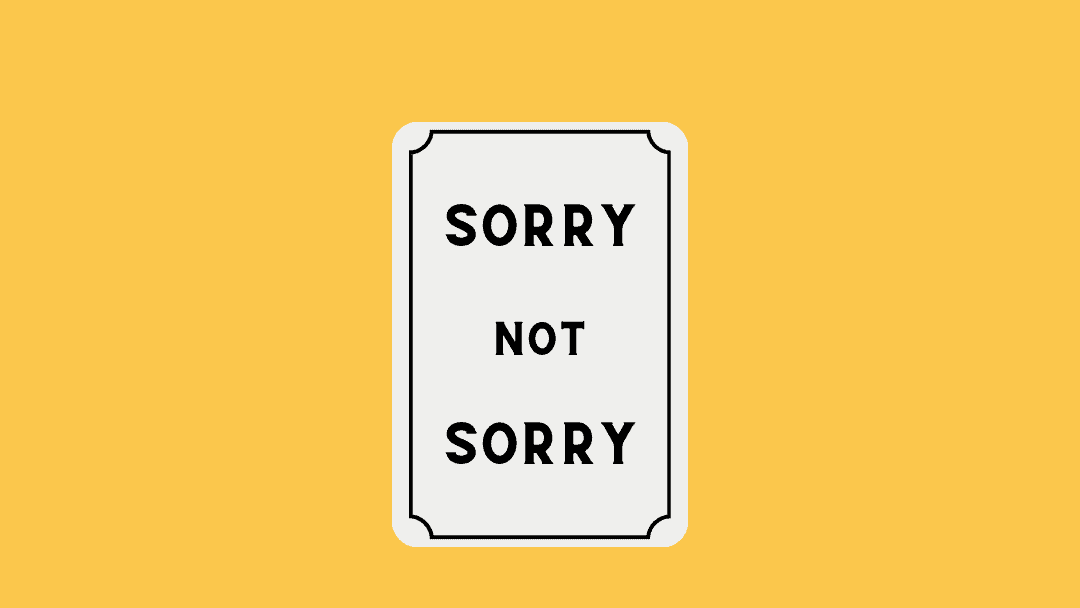
OBJECTIVE OF SORRY!: Be the first player to get all four of your pawns from the color corresponding START space to HOME.
NUMBER OF PLAYERS: 2-4 Players
MATERIALS OF SORRY!: game board, 16 pawns (4 of each of the 4 colors), deck of cards (without 6’s or 9’s)
TYPE OF GAME: Strategy Board Game
AUDIENCE: All ages
OVERVIEW OF SORRY!
This post contains some partner links for various products.
- Ditch the TV, and re ignite family night with the get together amusement of a...
- Hasbro gaming imagines and produces games that are perfect for every age, taste,...
- Includes game board, 12 Sorry Pawns, 44 cards, and instructions
Sorry! is one of the most popular board games of all time. This game has been around longer than you might think, with the first edition dropping in 1933! The object of the game is simple: get your pawns from start to home. However, there are so many ways you get sent back that it can often get frustrating!
This is a classic game that you should include in any game night. Let’s go over the rules and variations of this fantastic game!
SET UP FOR SORRY!

As we mentioned, Sorry Is a pretty simple game. You can play with up to 4 players, and it’s a great game for people of any age. To get started, you need the Sorry board game, a few friends, and a flat surface to play on.
WHAT’S IN THE BOX?
The official game comes with the following things:
- Game board
- Instructions
- 45 cards
- 5 – ones
- 4 – Two to 12 (No sixes or nines)
- 4 – Sorry cards
- 16 pawns (4 of each color)
GETTING STARTED
Each player picks the color they want. Then, take the four corresponding pawns and place them at the start of the same color.
Shuffle the deck of cards and place the deck face down on “Place Pack Here,” this is the draw pile.
Now pick a player to start the game (highest card draw, youngest player, etc.) The play moves to the left, and pawns move around the board clockwise in Sorry!
HOW TO PLAY SORRY
Now that everything is set up, you are ready to get started. You’ve chosen the first player, and they’re eager to start.
MAKING MOVES
In Sorry, each turn consists of the following:
- Drawing a card
- Moving you pawn
Pick cards by drawing the top card of the “Draw Pile” and moving, if possible, the respective amount of spaces. Each card will tell you how you can move. This means you can move either forward, backward, or split up moves between pawns!
After you move, dispose of your card in the “Discard Here” Pile. Then, your turn is over, and gameplay continues to the left. A couple of things to remember as you’re playing:
- You must always move if you can, even if it puts you at a disadvantage.
- If the Draw Pile runs dry, shuffle the Discard Pile and reuse it.
STARTING THE PAWNS

To begin moving your pawns from the START, you must draw either a one or a two from the deck. These are the only cards that can start a pawn. If you do not draw a 1 or 2, place the card in the discard pile, and you lose your turn.
MOVING THE PAWNS FORWARD
Now that you have the hang of it, you might want to start moving your pawns as fast as you can toward the home space, but there are a few things you might run into, like other pawns! Let’s go over the rules of moving your pawns.
Two pawns can not occupy the same space on the board. Therefore, if a pawn is in your path, and you have enough moves, you can jump over that pawn, counting theirs as a space. However, if you land in the same space as another pawn, you bump it back to its start.
But remember, two pawns of the same color can’t occupy the same space. If your move gives you no option other than landing on a space your pawn is already on, you lose your turn.
MOVING THE PAWNS BACKWARD
You can also move your pawns backward if you draw a card that allows it. If you draw a card allowing you to move backward behind your START, then on your following turn, you can move into your SAFETY ZONE without having to move across the board.
SLIDES

Throughout the game board, you’ll find slides with different colors on them. If you land exactly on a space with a triangle, you can slide along the marked spaces until the end of the slide. You may only slide on triangles that are not your own color. While sliding, you also get to bump pawns in your path back to their start. However, if you land on a triangle of your own color- do not slide; just stay on the triangle.
SAFETY ZONE
Another thing you’ll see on the board is the Safety Zones. Safety Zones resemble slide zones but are larger, and at the end is HOME. These are places where your pawn is safe from other players.
You can only enter your own color’s Safety Zone. However, you may not enter the Safety Zone through a direct backward move from START. If you draw a card that makes you move backward, you might leave from the Safety Zone. That pawn then has the opportunity to move back into the zone on the following turn.
END OF GAME
If you get all your pawns into your HOME space, you are the winner. If you want to play again, the winner gets to go first.
CARD VALUES IN SORRY

As we mentioned, there are quite a few cards in there in Sorry! Let’s go over the cards and what their moves consist of.
1 – Starting card or move one of your pawns one space forward.
2 – Starting card or move the pawn two spaces forward. For both circumstances, even if you could not move your pawn, draw again.
3 – Move one of your pawns three spaces forward.
4 – Move one of your pawns four spaces backward.
5 – Move one of your pawns five spaces forward.
7 – You can either move on pawn forward seven spaces OR split the move between two of your pawns. If you use part of a 7 to move a pawn HOME, you must be able to split the move with another pawn.
8 – Move one of your pawns eight spaces forward.
10 – You can either move one pawn ten spaces forward OR move one pawn one space backward.
11 – You can either move one pawn eleven spaces forward OR switch a single pawn of yours with an opponent’s.
- If it is impossible to move forward eleven spaces, and you do not wish to switch pawns with another player, you lose your turn.
- If switching pawns puts you on another colored triangle, slide!
12 – Move one of your pawns twelve spaces forward.
SORRY! – If you have a pawn at your start, you may put it on any legal space occupied by another player, bumping their pawn back to the START. This excludes HOME, START, and SAFETY ZONES. If you do not have a pawn on your START, or there are no legal spaces your opponent occupies for you to bump them out of, you lose your turn.
SORRY! VARIATIONS
Now, of course, we love the classic Sorry game, and it is fantastic. However, sometimes, you want to add a bit of pizazz to the game. Check out some of our favorite Sorry Variations below.
PARTNERS
For this variation, you play in pairs. If you’re tired of playing solo, then play with the partner variation.
Red and Yellow are always partners, as are Green and Blue. Original rules apply. The first team to get all eight of their pawns home wins!
- Partners may bump their partner’s pawn with respect to the card drawn.
- SORRY! Cards are required to be used, even if it means sending your partner’s pawn back to the start.
- 7’s may be split among all eight of a team’s pawns.
- Draw cards allow either partner’s pawns to enter the board. If a two is drawn, the second card may be used for either partner’s pawns.
PLAY FOR POINTS

This Variation is for those players who like accumulating points rather than winning one game. Play the game as usual, but earn points for each pawn you get home, as well as points from your opponent’s pawns. The first player to reach 500 or any other predetermined value is the winner!
Regular rules apply with slight variations:
- Begin with only three pawns at the START and the fourth on the circle space just outside.
- After shuffling the deck, distribute five cards to each player. Place deck on Draw Pile. (“Place Pack Here”)
- Select a card from your hand on your turn and move one of your pawns accordingly. Then, discard and replace the card from the Draw Pile.
- Always maintain five cards in your hand.
- If none of the cards you have allow you to move, discard a single card and replace it. You do not get to move on this turn- your turn has ended.
- The first player who is able to get all four of their pawns home first is the winner.
HOW TO SCORE
Players receive 5 points for each piece that makes it HOME.
The Winner also earns points for:
- Each opponent’s pawn that is not home – 5 points.
- If none of the opponents have more than two pawns home – 25 points.
- When none of the opponents have more than one pawn home – 50 points.
- If none of the opponents have any pawns home – 100 points.
REVERSE
This is a much simpler variation of the game. In this one, you play the game normally except in reverse! So this means you start in your HOME spot and have to travel all the way back to your START spot.
The following rules apply:
- All pawns start in the Safe Zone
- No Jumping Pawns, so you must move all pawns out one at a time
- Gameplay moves counterclockwise
- Use the slides backward
Love Sorry? Check out Dixit or Checkers for other great family-friendly games! If you’re more in the mood for something different check out our two player card games.
FAQ
Can You Play Sorry with Teams?
Yes, there is a variation where you play Sorry in Teams. Red and Yellow are always partners, as are Green and Blue.
Is Sorry All Luck?
Sorry does require a bit of luck, but there is also strategy involved. Many of the cards give you options on how to move your pawns, so that leaves the strategy up to you.
Can You Play Sorry with 2 Players?
Yes, two players can play Sorry. Each player chooses one color, then you play normally with only two players.
How do I get my pawn out of the starting area?
You may move your pawn out of its starting area by either drawing a 1 or 2 labeled card.
What if I land in a space with my own pawn in it?
You cannot occupy the same space as another of your pawns. Therefore, if you cannot move any of your pawns without landing on an illegal space, you must pass your turn. (The only exception is if you drew a 2 card, and then you would still be permitted to draw your second card.)
- 7 MOST POPULAR CASINO GAMES - July 25, 2023
- Blackjack vs Poker: Differences Explained - March 20, 2023
- How to Deal in Texas Hold’em - February 15, 2023
